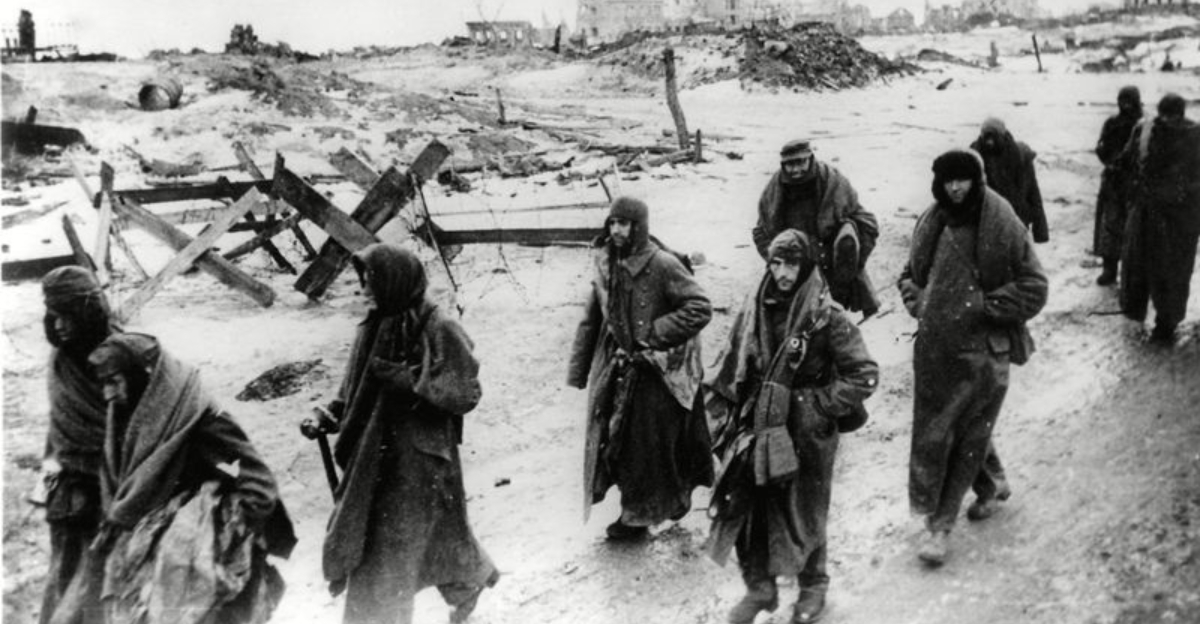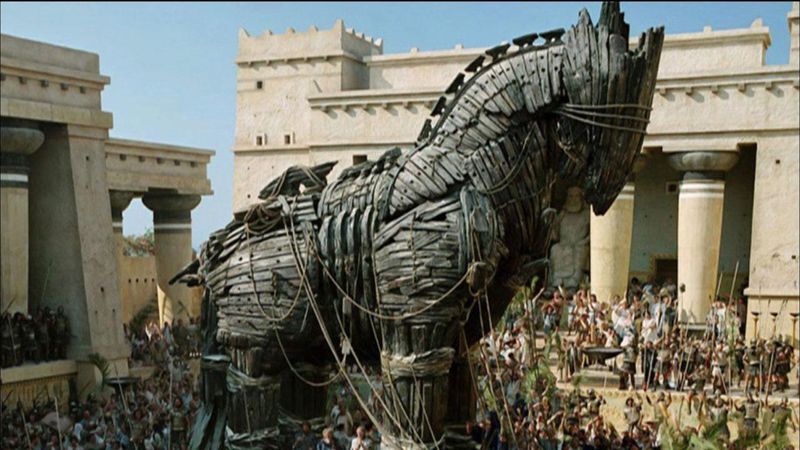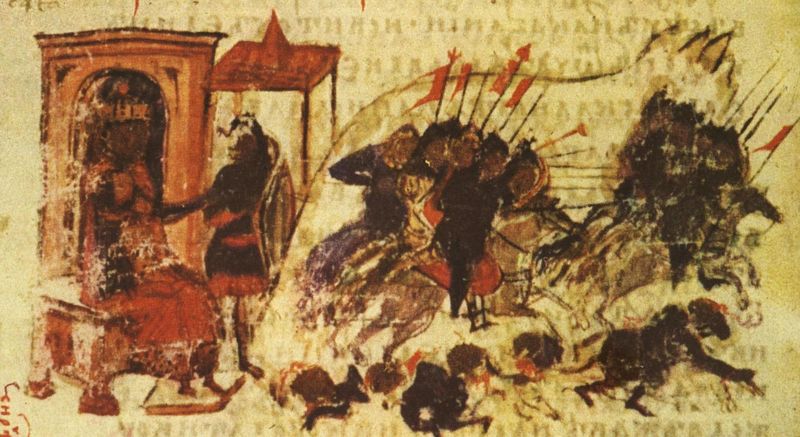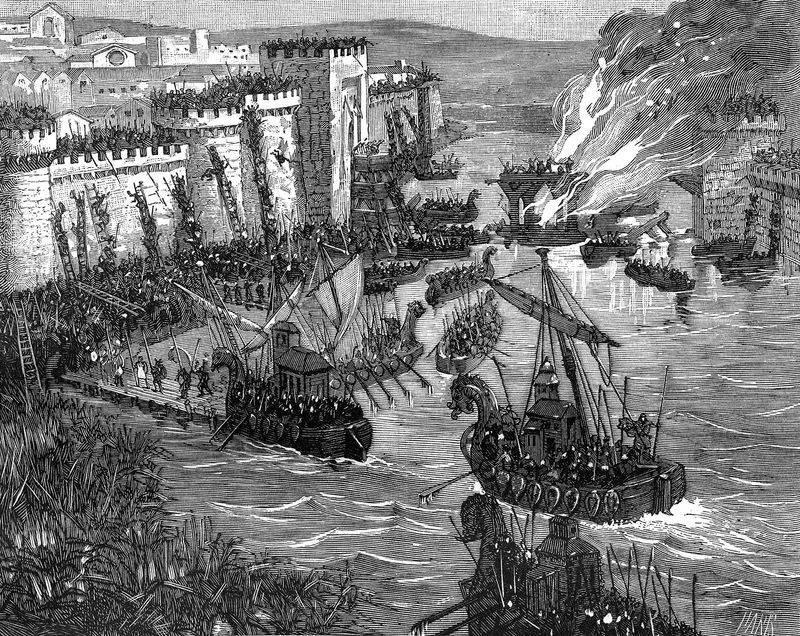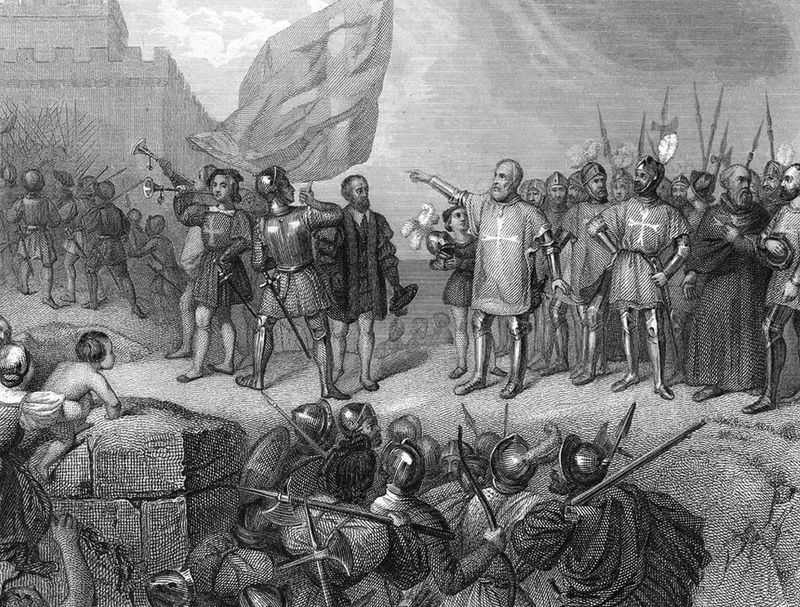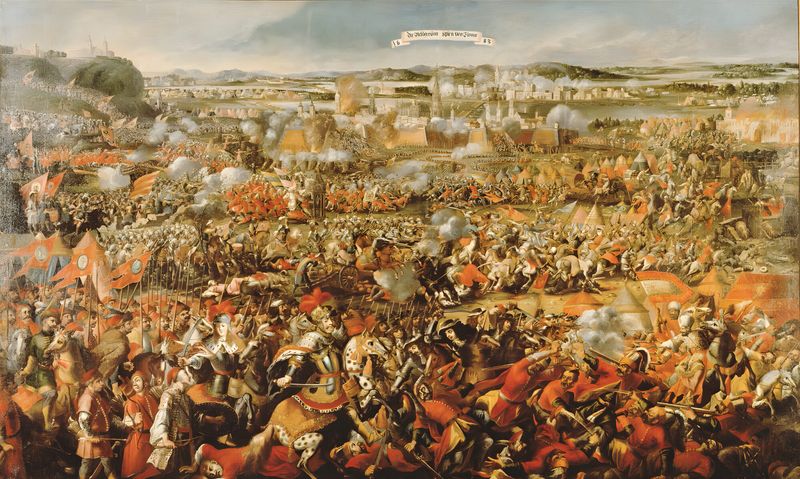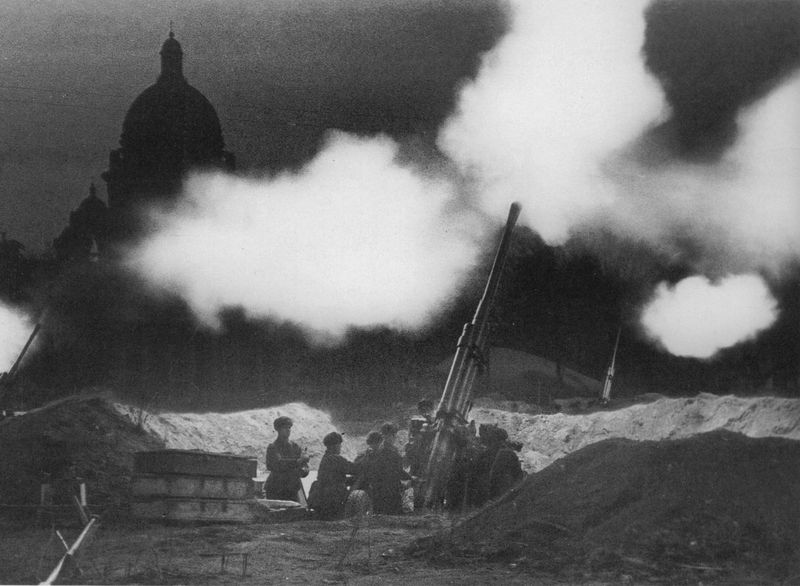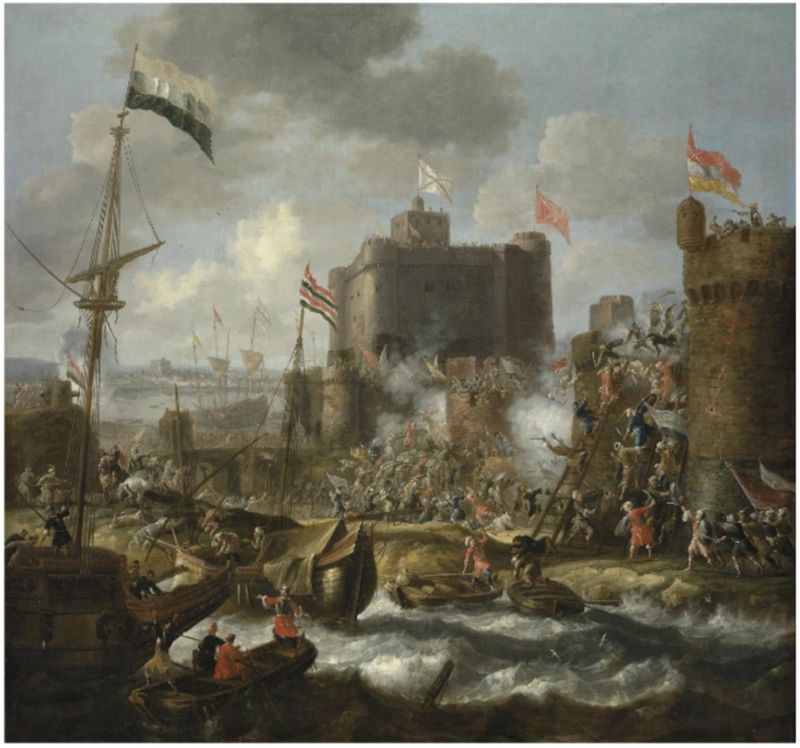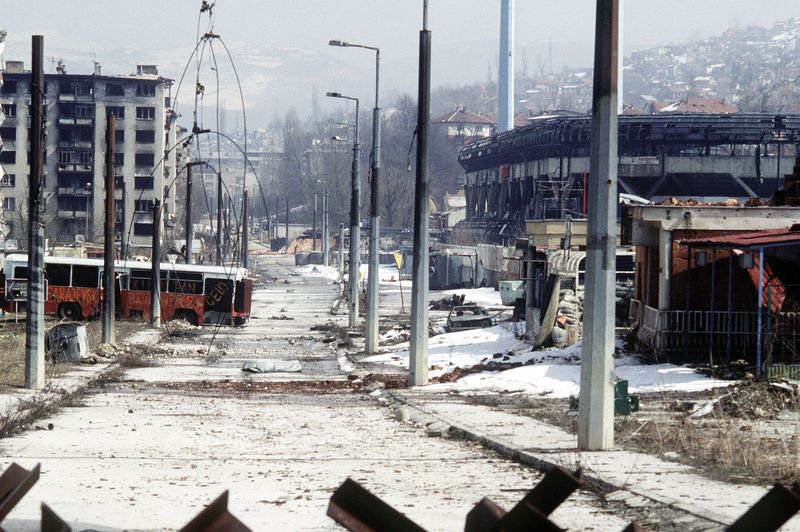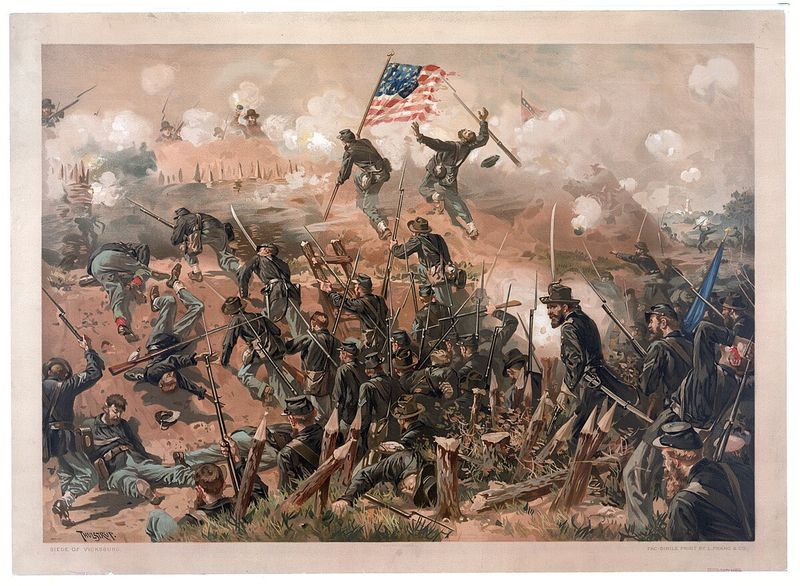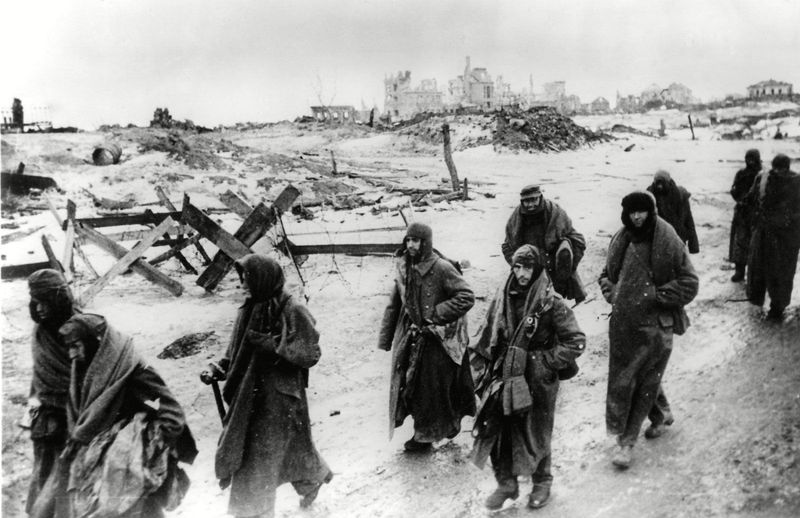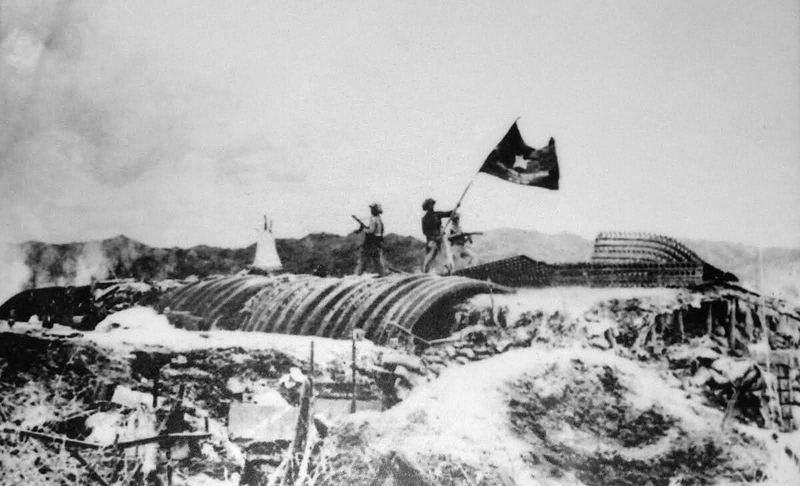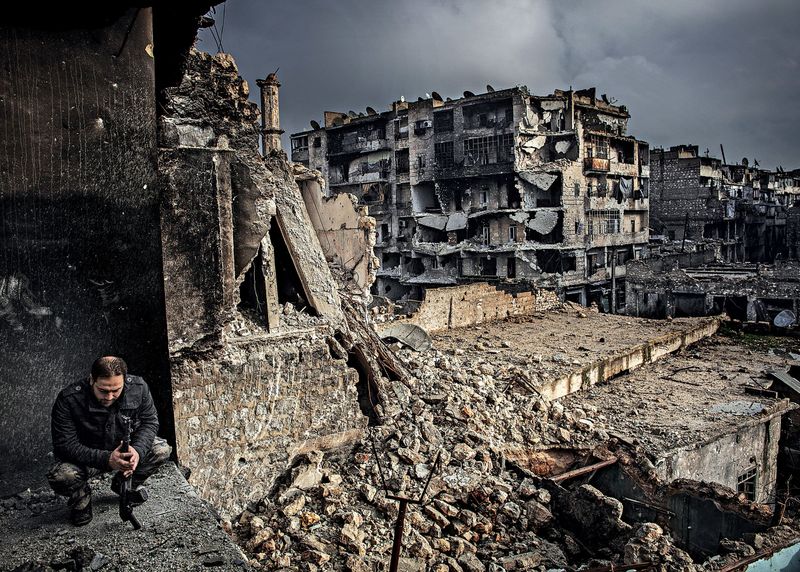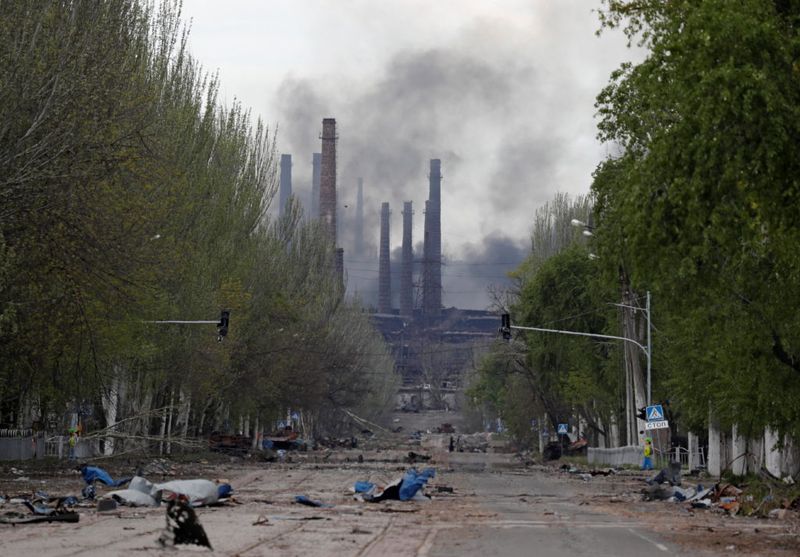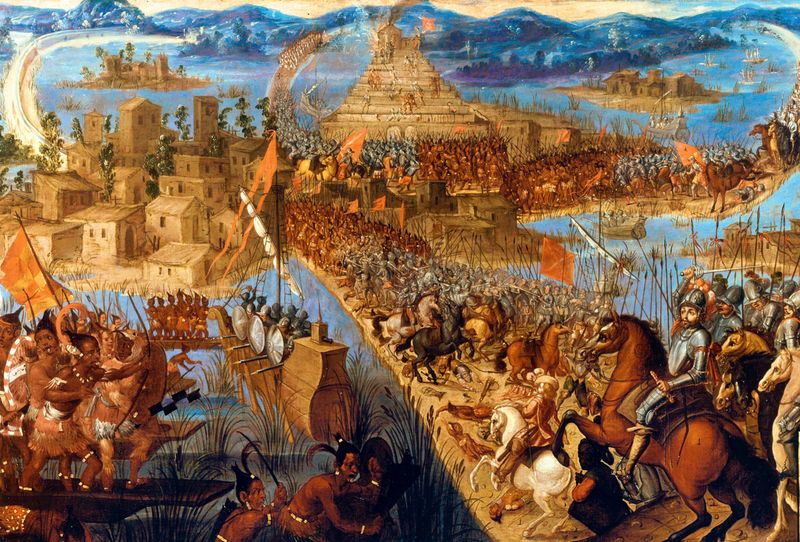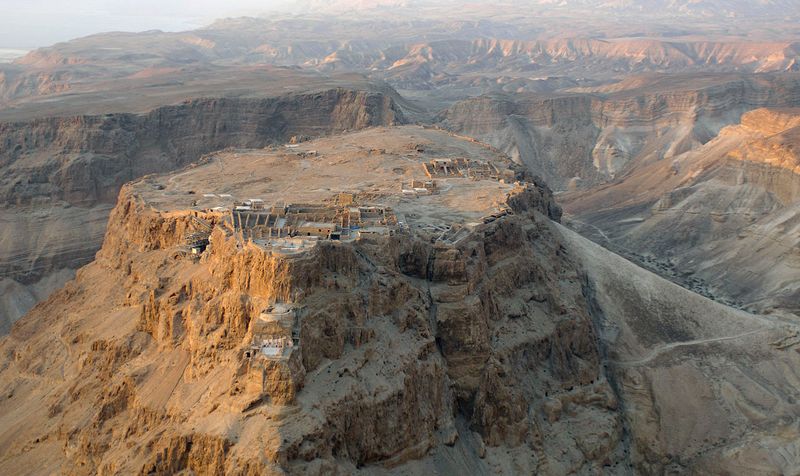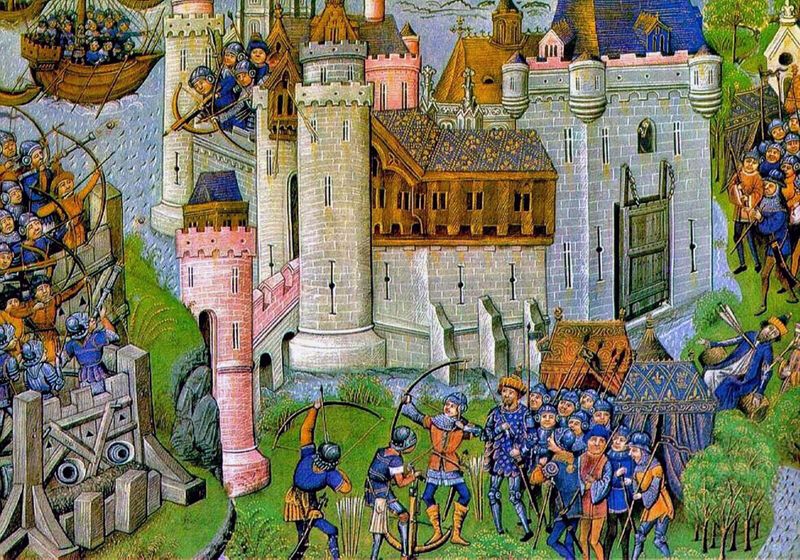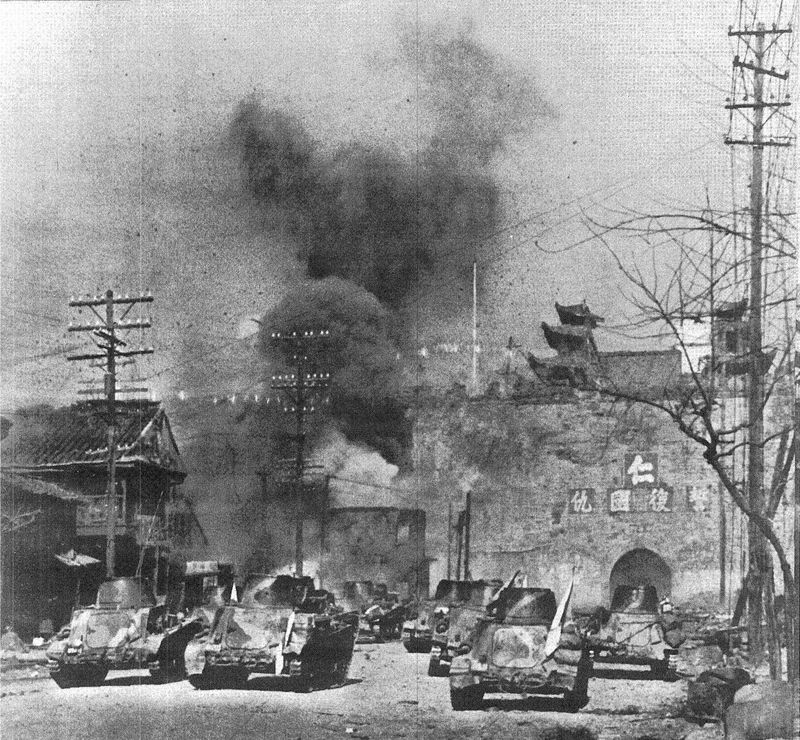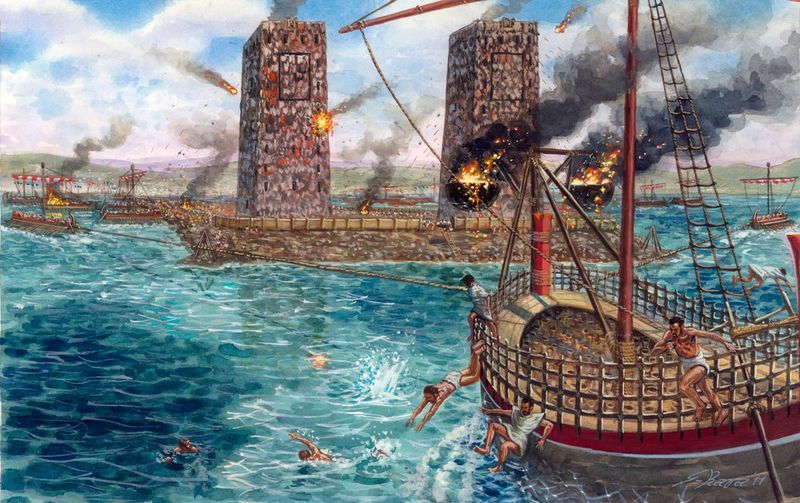Throughout history, sieges have tested the endurance and resilience of both defenders and attackers. From ancient to modern times, these protracted battles not only shaped empires but also highlighted the resourcefulness and tenacity of those involved. Here, we explore 20 of the most devastating sieges in history, examining the survival tactics employed and their ultimate outcomes.
1. Siege of Troy (c. 1184 BC)
The Siege of Troy, immortalized by Homer in the “Iliad,” lasted around ten years and ended in legendary fashion. The Greeks resorted to cunning, crafting the infamous Trojan Horse to infiltrate the city. Inside Troy, hidden food stores were essential for survival, while deception played a crucial role in the city’s downfall. Despite valiant resistance, the Greeks ultimately sacked Troy, changing the course of history.
2. Siege of Jerusalem (70 AD)
The Siege of Jerusalem in 70 AD was a brutal five-month conflict. With the Romans led by Titus, the city’s defenders fought street by street. Starvation and desperation led civilians to eat leather and garbage. The siege ended with the Romans destroying the Jewish Temple, leaving over a million dead or displaced.
3. Siege of Carthage (149-146 BC)
For three grueling years, Carthage withstood a Roman siege. Citizens fought from rooftops, and in a final act, defenders set their city ablaze. Rome’s victory was complete as they razed Carthage and salted its fields, ensuring its legacy as a symbol of defiance and tragedy.
4. Siege of Constantinople (717-718 AD)
The year-long siege of Constantinople saw Byzantine ingenuity and resilience. Greek fire, a devastating incendiary weapon, and secret supply routes helped repel the Umayyad Caliphate. Despite overwhelming odds, the Byzantines emerged victorious, preserving their empire for centuries to come.
5. Siege of Paris (885-886 AD)
Paris endured an 11-month siege by Viking forces. Resourcefulness defined the defense as Parisians melted church lead for weapons and resorted to consuming rats. Though the Vikings were paid off in Danegeld, the city demonstrated resilience, setting the stage for its eventual renaissance.
6. Siege of Malta (1565)
In a fierce four-month struggle, the Knights Hospitaller’s cunning and courage halted the Ottoman advance. Utilizing underground tunnels and feigned retreats, they turned Malta into a bastion of defense. The outcome preserved Christian dominance in the Mediterranean, marking a pivotal moment in history.
7. Siege of Vienna (1683)
The Ottoman Empire’s ambitions were thwarted after a daring last-minute cavalry charge by the Polish Winged Hussars. This two-month siege ended with Vienna’s salvation and marked a turning point that halted Ottoman expansion into Europe, showcasing the power of strategic alliances.
8. Siege of Leningrad (1941-1944)
The longest siege in modern history, Leningrad endured 872 harrowing days. Survival meant eating sawdust bread and boiling leather. The heroism of smuggling food across frozen Lake Ladoga saved countless lives, and despite over a million casualties, the Soviet spirit remained unbroken.
9. Siege of Candia (1648-1669)
As the longest siege in recorded history, lasting 21 years, Candia became a symbol of endurance. Venetian defenders lived in ruins, often resorting to eating cats and dogs. Despite their efforts, the Ottomans eventually triumphed, but the siege demonstrated the extreme lengths of perseverance.
10. Siege of Sarajevo (1992-1996)
The siege of Sarajevo, lasting 1,425 days, was marked by extreme deprivation and courage. Civilians risked sniper fire to use secret tunnels, while UN airdrops provided vital supplies. The siege’s end with NATO intervention highlighted the complexity of modern warfare and humanitarian crises.
11. Siege of Vicksburg (1863)
Vicksburg, a key Confederate stronghold, endured a 47-day siege by Union forces. The defenders, isolated and outgunned, resorted to eating mules while taking shelter in caves from relentless artillery. The fall of Vicksburg was a strategic victory that split the Confederacy, reshaping the Civil War.
12. Siege of Stalingrad (1942-1943)
The Siege of Stalingrad was a brutal five-month battle that became a turning point in WWII. Soviet snipers and fierce room-to-room fighting characterized the defense. Amidst the ruins, Soviet determination outlasted the German onslaught, leading to a decisive and costly victory with 2 million casualties.
13. Siege of Dien Bien Phu (1954)
In the jungles of Vietnam, the Siege of Dien Bien Phu lasted two harrowing months. The French forces, entrenched but isolated, faced overwhelming Viet Minh artillery. Their defeat marked the end of French colonial rule in Indochina and the beginning of broader conflict in Vietnam.
14. Siege of Aleppo (2012-2016)
Aleppo, a city rich in history, endured a four-year siege marked by devastation and resilience. Underground bakeries and smuggling through bombed streets kept hope alive. The Syrian government’s eventual recapture of the city resulted in a humanitarian crisis, with over 31,000 lives lost.
15. Siege of Mariupol (2022)
The 2022 siege of Mariupol was a brutal three-month ordeal. Ukrainian defenders held out in the Azovstal steel plant, surviving on limited resources and melting snow for water. Despite fierce resistance, the city fell to Russian forces, highlighting the intense urban warfare of the modern era.
16. Siege of Tenochtitlan (1521)
The siege of Tenochtitlan marked the fall of the Aztec Empire. Aztec warriors showed fierce resistance, but smallpox and contaminated water weakened their defense. Cortés’s forces capitalized on this, bringing an end to a rich and vibrant civilization in just three months.
17. Siege of Masada (73-74 AD)
Masada stands as a symbol of Jewish resistance. The siege, lasting months, ended with the rebels choosing mass suicide over Roman capture. This poignant decision has echoed through history, leaving a legacy of courage and defiance in the face of subjugation.
18. Siege of Harfleur (1415)
Harfleur’s month-long siege was a prelude to Agincourt. English forces led by Henry V faced fierce resistance but ultimately prevailed. However, dysentery ravaged their ranks, weakening the army for future battles. This siege underscored the harsh realities of medieval warfare.
19. Siege of Nanking (1937-1938)
The six-week siege of Nanking by Japanese forces was a prelude to horrific atrocities. Civilians sought refuge in foreign safety zones amidst mass executions. The fall of Nanking and the ensuing massacre left a haunting legacy of war crimes and human suffering.
20. Siege of Tyre (332 BC)
The Siege of Tyre showcased Alexander the Great’s strategic brilliance. For seven months, Tyre’s island defenses held firm, but Alexander’s construction of a causeway enabled his forces to breach the city. The subsequent slaughter of defenders solidified Alexander’s reputation and altered the region’s history.
